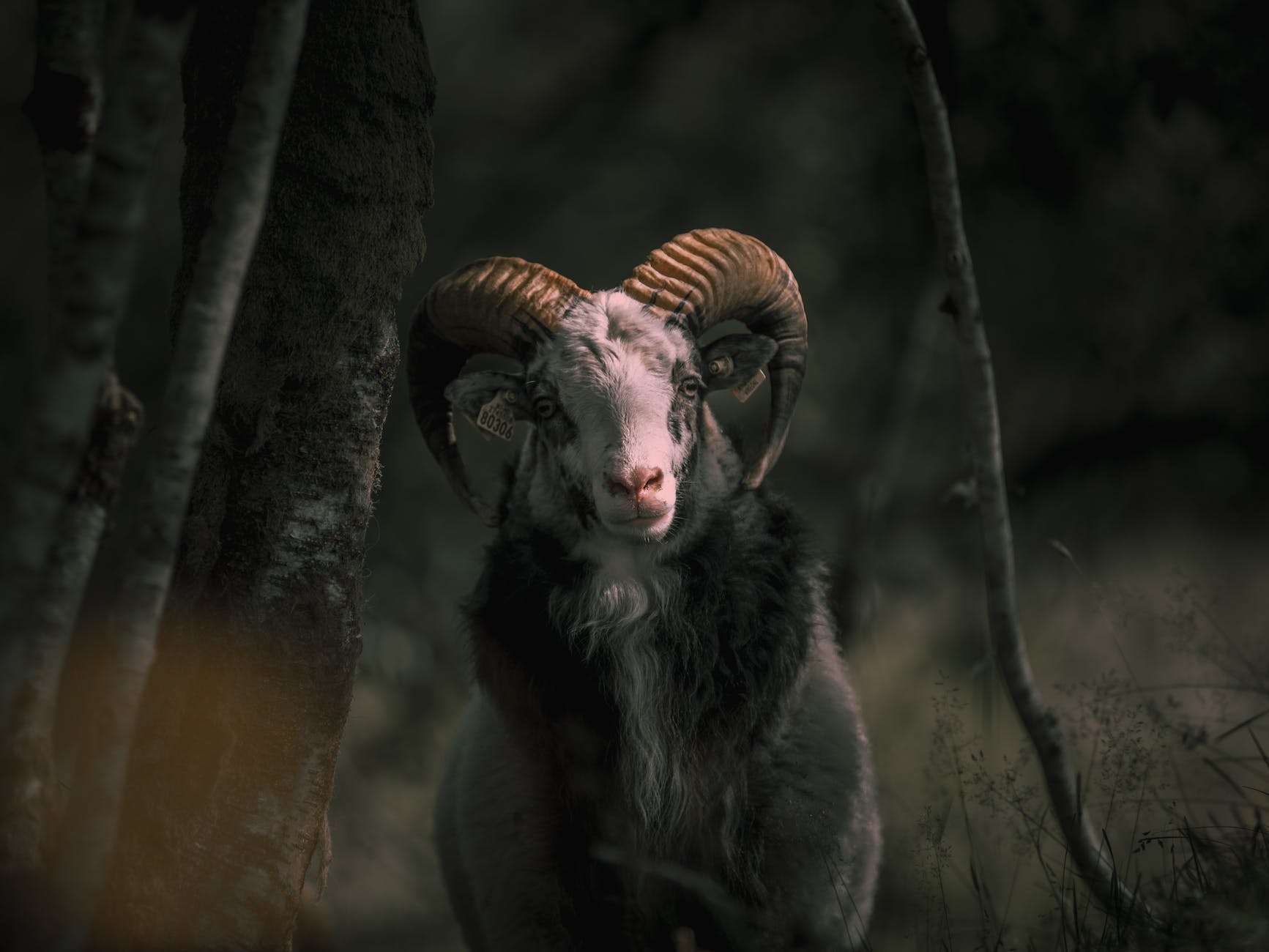Parashat Vayera 5783
From the very outset of this week’s parasha, vision and and seeing are important themes. We meet Avraham at the entrance of his tent in the heat of the day, where God appears to him –vayera elav. In the following verse we read:
Vayisa et einav va-ya’ar v’hineh shlosah anashim nitzavim alav.
He lifted his eyes and saw, and behold, there were three people standing before him.
Vision and seeing are a trope that repeats throughout this parasha, from Hagar, who names the well where the angel appears to her Be’er le-chai-roi (“well of the living one who sees”, )to the story of the akeida, which we read on Rosh Hashanah: when Avraham lifts his eyes and sees the mountain where God leads him, and when with the knife in his hand over Yitzhak bound on the altar, he is startled by the voice of the angel calling out to him – and he once again lifts his eyes and sees.
This parasha contains much to grapple with. What I see as a current running throughout is the person of Avraham and his spiritual development. We all contain within us contradictions. In last week’s parasha, Lech lecha, Avraham left his home, no questions asked, on God’s instructions. We see him in this week’s parasha, the model of hospitality, as later rabbinic commentators understand him, eagerly awaiting the arrival of travelers so that he can welcome them into his home. He challenges God for the sake of any righteous people who might be in the cities of Sodom and Gomorrah when he learns God plans to destroy them.
And yet, this is the same Avraham who passes Sarah off as his sister to Pharaoh, and to Avimelech. Who allows Sarah to cast out Hagar and their son, Yishmael. The same Avraham who is silent when God asks him to sacrifice his son Yitzhak, who must be called by name twice by the angel to be stopped in his tracks, to finally lift up his eyes and see the ram caught in the thicket.
According to the midrashic understanding, the ram has existed since the beginning of time, when it was created bein hashmashot – twilight on at the end of the sixth day of creation on the eve of Shabbat. The ram, then, has always existed. Avraham just needed to look up and notice it was there.
So as much as Avraham is a model we are meant to look up to, he is also very much a human, one who makes mistakes and has blind spots. With all of the seeing that he does, there is still so much he misses, so much he does not perceive.
Avraham then, is chosen by God not because he is already a finished product, but because he, like all of us, is very much a work in progress. He has things to learn. One of the tasks for Avraham in his lifetime, at the start of a project that will take many generations to take shape, is to begin to perceive what is not immediately noticeable. This is what God has chosen him to do.
It is so easy to be caught up with what is right in front of us, to allow our eyes to lead, to focus on the pressing matters at hand. But there are often things that we miss in doing that. Avraham is testing his wings. He is a little like a teenager. At times he seems to come into a heightened moral awareness, leading him to ask questions about the world and challenge the status quo, when he demonstrates his growing maturity. And there are other times when he reverts back to old patterns.
But that is in fact how growth and change happen, for all of us. Not in a continuous forward motion, but in fits and starts, in a circuitous route that sometimes leaves us thinking we might not have gone anywhere at all.
God chooses to be in a relationship with Avraham, accompanying him along the way in this unlearning of old ways of seeing and being, and toward a relationship with the world and the people in his life that is more whole. When we are able to widen our field of vision, we may find that the thing we were looking for was there all along- we just needed to lift our eyes and see it.
I have compiled and shared source texts for this d’var Torah that you can check out on Sefaria here!
